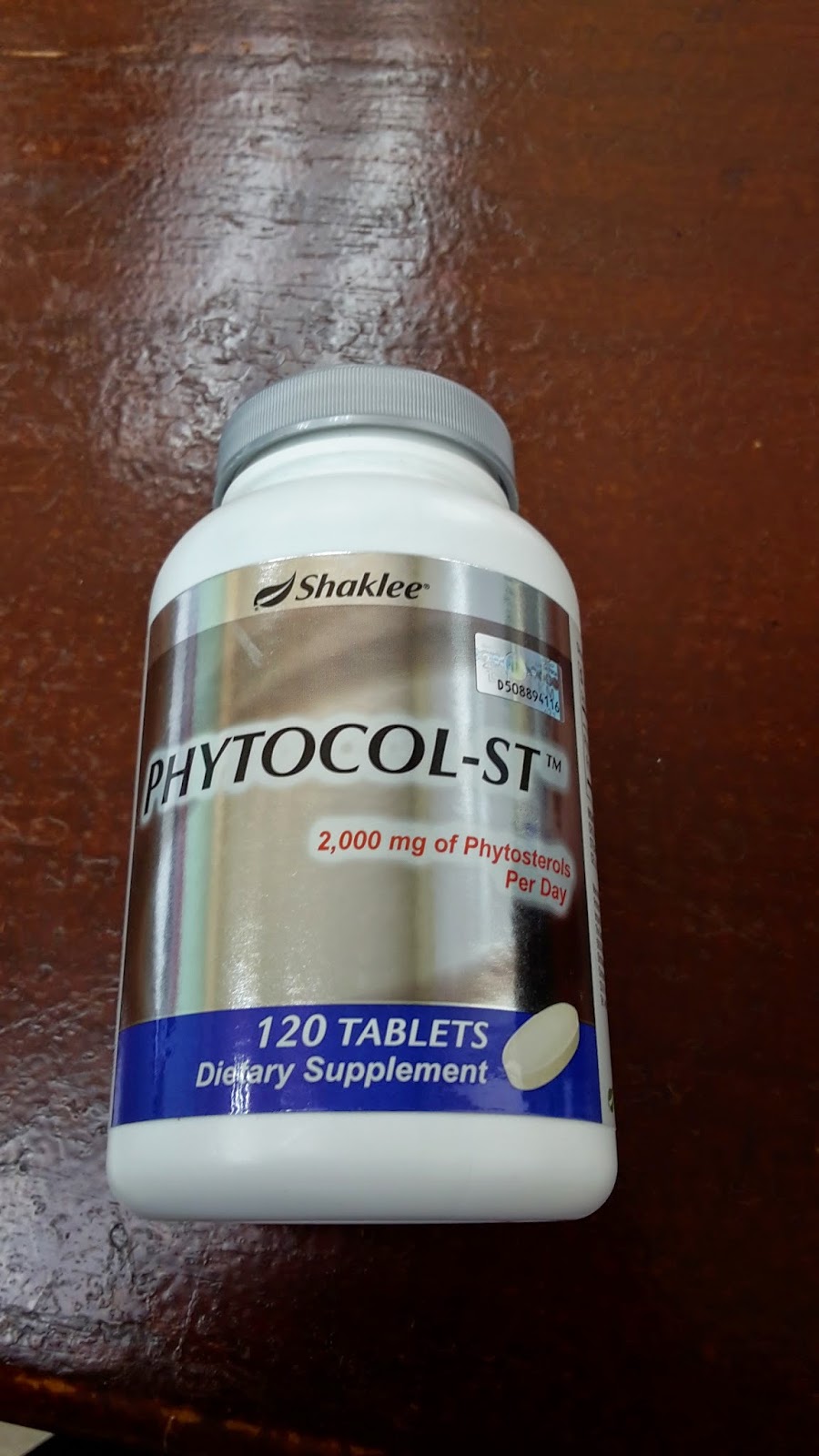5 Steps of consumer decision-making
Steps in consumer decision-making
1. Problem/need recognition
I had a health screening on 5th of March, a present of SOCSO for turning 40 this year. It was yesterday that I collected the results from the MSD. Alhamdulillah, my blood pressure, blood sugar level, and haematology analysis are all normal. The highlight of the report is the cholesterol level. The total cholesterol level is 6.5, way above the 5.2 upper range of healthy level. In fact, readings of more than 6.2 is considered as high risk.
"Oh noooo! I don't want to be at risk for heart diseases." [recognised there is a problem]
2. Information search
Based on the last blood test that I've done, my cholesterol level was near the borderline range. So, I'm not surprised that it had went up. But I was surprised that it went up by that much. So, now I have to find out the ways to reduce cholesterol level [information search]. The letter from the clinic said that I should exercise 3 times a week (checked; I go to Celebrity Fitness every week), reduce intake of food with high cholesterol level (internal organ, seafood, and egg yolk), and start taking medication.
I am not keen on medication. I want to know which food would help me. I googled quickly while waiting to see the doctor at the IIUM clinic. People, including Dr Zubaidi, recommended oat, Omega 3 fish oil, [both of which are part of my evoked set; choices that are readily available from my memory] psyllium husk, and plants that have phytosterols. Some people also testified the benefits of soy, date vinegar and apple cider [part of my inert set: choices that I have not considered due to lack of knowledge]. On top of the online search, seeing the doctor is also part of my strategy to get more information about the interventions available.
3. Evaluation of alternatives to meet this need
Based on my reading and consultation with the doctor, these are my evaluation of the options available at the moment.
b. Dieting is an effective method, though the time taken to see results may be more than you could be patient for. You also need to be highly disciplined. Avoiding bad food and eating healthy ones are difficult to implement if you have poor self-control. To make matter worse, the choices of food available to you (e.g. at the cafetaria) may seem to mock and tempt you into making a bad choice.
c. Functional food and supplements are heavily advertised. They may be effective, natural (compared to medication), and easier to take, albeit more pricey. I have started taking Shaklee's OmegaGuard (fish oil high in Omega 3) and Alfalfa. Both were cited as helpful in reducing cholesterol level. Last year, Shaklee introduced another supplement in the Malaysian market: Phytocol-St. A daily dosage of Phytocol-St will give you 2,000mg of phytosterols.
In short, medication is my last resort. After all, the doctor said I do not have other risk factor like high BP and sugar level. So, I can try dieting for 2 months before a follow up appointment with her.
4. Purchase decision
Yesterday I bough Phytocol-St from Shaklee Sri Rampai branch (RM208.82 retail price, with GST - but I bought at a much lower member price) and Oat Bran powder (beta glucan) from a pharmacy in Wangsa Walk. Hopefully both of these, in combination with OmegaGuard and Alfalfa would bring the desired results in two months time. If there is a downward trend, I will be very happy.5. Post-purchase behavior
What happened after the purchase?I had started taking Phytocol-ST last night: two tablets. The daily dose is 4 tablets; two tablets each time at two meal times. I had also taken the Oat Bran. To ensure consistency, I brought one can of Oat Bran to the office and kept another two at home (bought 3 cans at a discounted price). Perhaps I should also buy another bottle of Phytocol-St to keep at the office.



Comments